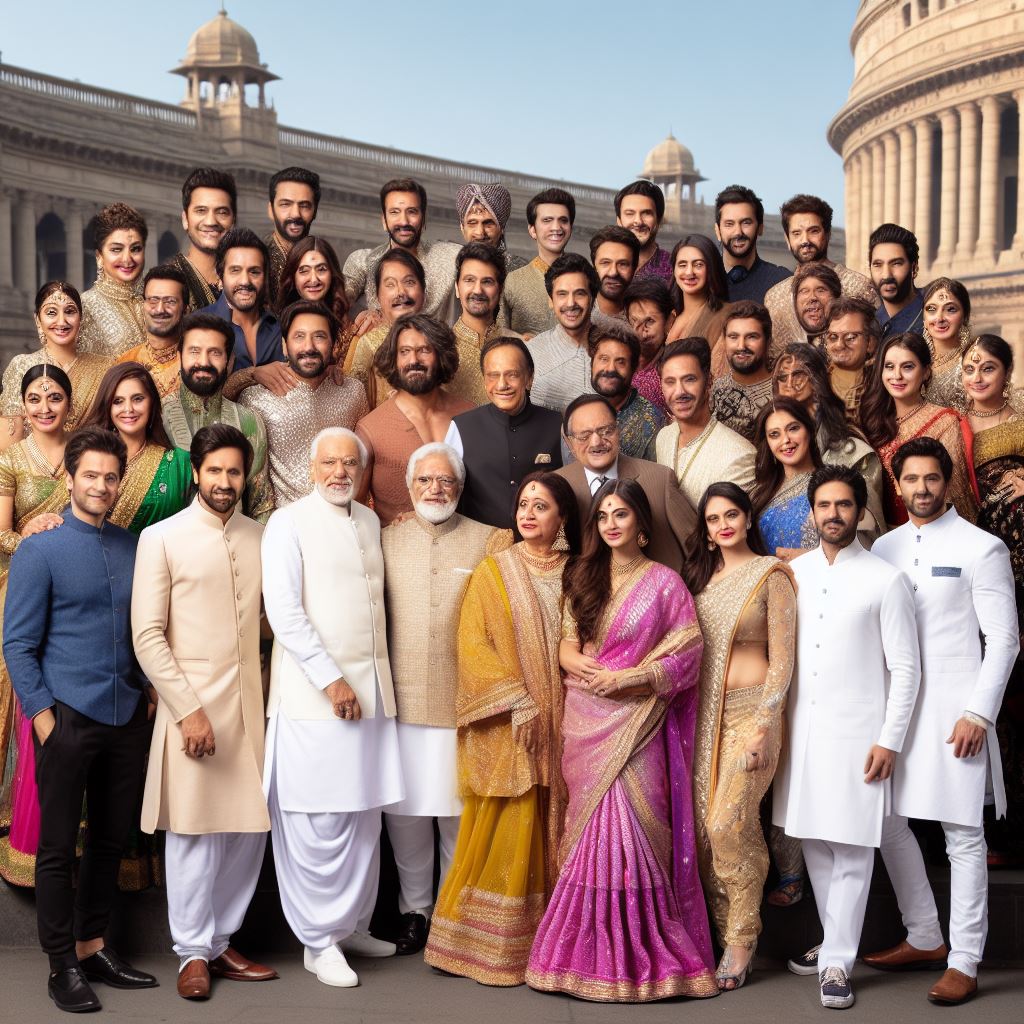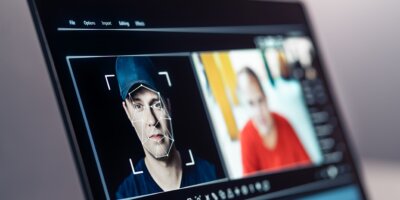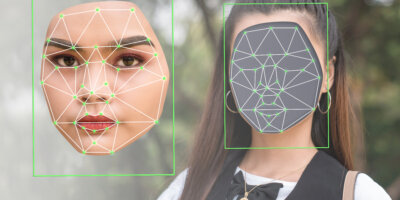
Deepfake content can be easily created today. (Image generated by AI).
India to have deepfake regulations
- Indian celebrities are increasingly targeted by deepfake content.
- The Indian government plans to introduce regulations to monitor deepfake technology.
- Social media companies in Indian are warned to watch user postings to control the spread of deepfake content.
Deepfake technology continues to get better, especially with generative AI making it easier for anyone today. Prior to deepfake technology, bad actors would need to spend hours or days designing images and videos, editing them multiple times to get the desired results.
Today, they just need to key in a few prompts or make a few edits with a deepfake application and they can get practically impeccable results in minutes. While the improvements in deepfake technology have been revolutionary, there will always be those who use the technology for the wrong reasons.
Deepfake technology is becoming a growing nuisance not just for businesses and famous people around the world but also for any individual who has a picture of themselves online. All the bad actors need to do is to get an image of an individual and prompt the deepfake application to generate a different version of that image.
With deepfake applications available for free or at a very low price, practically everyone is able to access the technology for the wrong reasons. One of the most common uses of deepfakes today is creating content based on famous individuals to make statements or do things that they never said or did. Improvements in AI have also made some deepfake applications capable of mimicking voices to say different things.
Last year, Europol published a report on the criminal use of deepfake technology, alongside the challenges faced by law enforcement in detecting and preventing the nefarious use of deepfakes. The report highlighted deepfakes’ potential use in serious crimes such as CEO fraud, evidence tampering, and the production of non-consensual pornography.
Advances in AI and the public availability of large image and video databases mean that the volume and quality of deepfake content are increasing, which is facilitating crimes that harness deepfake technology.

A bad example of deepfake content. Look closely at the faces. (Image generated by AI).
Deepfake technology in India
With a population of 1.4 billion, India is not only the second largest country in the world but also the country with the second highest number of mobile phones. By the end of 2023, India is estimated to have over a billion smartphone users.
While this is positive news in terms of digital inclusion, the problem is this also raises the possibility of these devices being used for the wrong reasons – such as spreading news and content that is not accurate.
Misinformation and disinformation remain a big problem in India. Over the years, unverified news and rumors on social media and messaging services in India have resulted in huge problems, especially among the various communities in the country.
Now with deepfake technology capable of generating content easily, there are concerns that it may be used to create content that could incite anger and unhappiness among the different communities in the country.
At the same time, deepfake content in India is being used by companies to advertise their products. According to reports, several advertisements and sponsored posts on social media have been found to contain deepfakes of Indian personalities such as Shah Rukh Khan, Virat Kohli and Akshay Kumar. While Khan is seen in a deepfake video for a game called Aviator, Kohli’s deepfake is in a video promoting a betting game.
Another example of deepfake content that has been going viral in India features an actress changing their outfit. Business Today India reported that the video, which has been circulating on major social media platforms like Facebook, X and YouTube, is not of an actress but of a social media influencer. The new video comes amid growing concerns around deepfake content after a video of another popular actress went viral in India.

India wants to clamp down on deepfake technology and content.
India to regulate deepfake technology
Given the increase in deepfake content in India, the government has announced plans to control the spread of deepfakes on social media platforms. India’s Union Information Technology Minister Ashwini Vaishnaw stated that the government will come up with a “clear, actionable plan” to tackle deepfakes and misinformation.
According to a report by Indian Express, the decision was made after the minister chaired a meeting with social media platforms, AI companies and industry bodies. He said that the plan will have four key pillars which will be the detection of deepfakes, their prevention by removing or reducing their virality, strengthening reporting mechanisms, and spreading awareness about the technology.
Reuters reported that India’s deputy IT minister Rajeev Chandrasekhar, in a closed-door meeting, warned social media firms including Facebook and YouTube to repeatedly remind users that local laws prohibit them from posting deepfakes and content that spreads obscenity or misinformation.
The Deputy Minister said many companies had not updated their usage terms despite 2022 rules that prohibit content “harmful” to children, obscene or that “impersonates another person.” Chandrasekhar said the companies must raise awareness of the rules by reminding users every time they log in that they cannot post such content, or by issuing reminders.
Meanwhile, Kumar Ritesh, founder and CEO of Cyfirma commented that regulations to guard against the misuse of deepfake technology are highly uneven and vary widely from jurisdiction to jurisdiction.
“We do expect the Indian government to cover a few key areas such as enacting laws specifically targeting the creation, distribution, or malicious use of deepfake content and imposing penalties for those who engage in illegal activities involving deepfakes. We see the government putting in place guidelines for online platforms and social media sites to detect and remove deepfake content to help curb its spread. This would require the government to work with tech companies to implement and enforce such regulations,” said Ritesh.
Ritesh also pointed out that the government could invest in public awareness campaigns to educate people about the existence and potential dangers of deepfake technology. This includes informing individuals about how to identify and report suspicious content.
With the new regulations, Ritesh believes research and development funding that supports research into deepfake detection and prevention methods can be crucial. The government can allocate funds for the development of technologies that can identify and mitigate the impact of deepfakes.
“We hope there will be broader international collaboration as deepfake threats often go beyond borders. Governments can work collaboratively on an international level to share information, and best practices, and coordinate efforts to address the global challenges posed by deepfake technology. And India, with its vast technology talents, is posed to lead this initiative,” added Ritesh.
READ MORE
- Safer Automation: How Sophic and Firmus Succeeded in Malaysia with MDEC’s Support
- Privilege granted, not gained: Intelligent authorization for enhanced infrastructure productivity
- Low-Code produces the Proof-of-Possibilities
- New Wearables Enable Staff to Work Faster and Safer
- Experts weigh in on Oracle’s departure from adland




